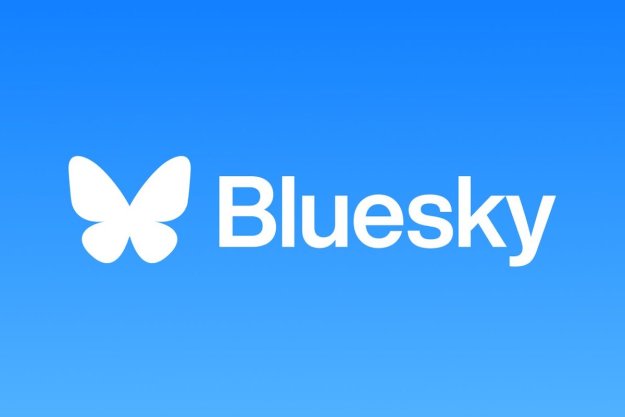
LinkedIn Corp, owner of professional social media website LinkedIn.com, launched its initial public offering on the New York Stock Exchange yesterday. And things went, let’s say, freakin’ awesome — at least if you were one of the lucky few to get in on the company’s stock offerings before the went public. As soon as the opening bell rang, the IPO price popped around 90 percent, and that was only the beginning of the cash parade. But not everyone thinks that the rain of dollars on LinkedIn’s stock is a good thing. Rather, it may be indicative of an inflating tech bubble. Here, a quick look at the telltale numbers that surround LinkedIn and its massively profitable IPO.
2003: Year LinkedIn was founded.
4,500: Total number of LinkedIn users at the end of 2003.
100 million: Approximate number of LinkedIn users as of March 2011, with a new user joining the site an average of every second.
7.8 million: Number of LinkedIn shares that were up for sale in the IPO, less than 10 percent of the company’s total outstanding shares.
$45: Price LinkedIn set for its IPO stocks prior to going public.
$83: Price the company’s IPO popped to immediately after going public, an 84 percent jump.
$122.70: Highest price LinkedIn’s stock traded for during its IPO.
$94.25: Per-share price LinkedIn stock closed at after its first day on the open market.
$14.50: Price LinkedIn shares traded for privately in April 2010.
$101.99: Amount LinkedIn’s stock opened at on Friday, the second day of public trading.
$9 billion: Approximate value of LinkedIn Corp at the $94.25 price point, which is about 20 times the company’s expected annual revenue.
$5.14 billion: Value of the LinkedIn shares owned by the company’s top three investors, including founder Reid Hoffman.
$130 million: Amount Business Insider says LinkedIn’s underwriters, Morgan Stanley and Bank of America, “screwed” the company out of by valuing the stock too low prior to its IPO.
$243 million: LinkedIn’s total sales for 2010.
$15.4 million: LinkedIn’s total profit on those sales.
$93.9 million: Reported LinkedIn revenue for the first quarter of 2011, a 110 percent increase from the same period last year.
$350 million: Total money earned by the company through its IPO.
$500 million: Estimated LinkedIn revenue for 2011.
$0: Amount LinkedIn expects to make in profit in 2011. This is due to money spent on investments in technology and international growth.


